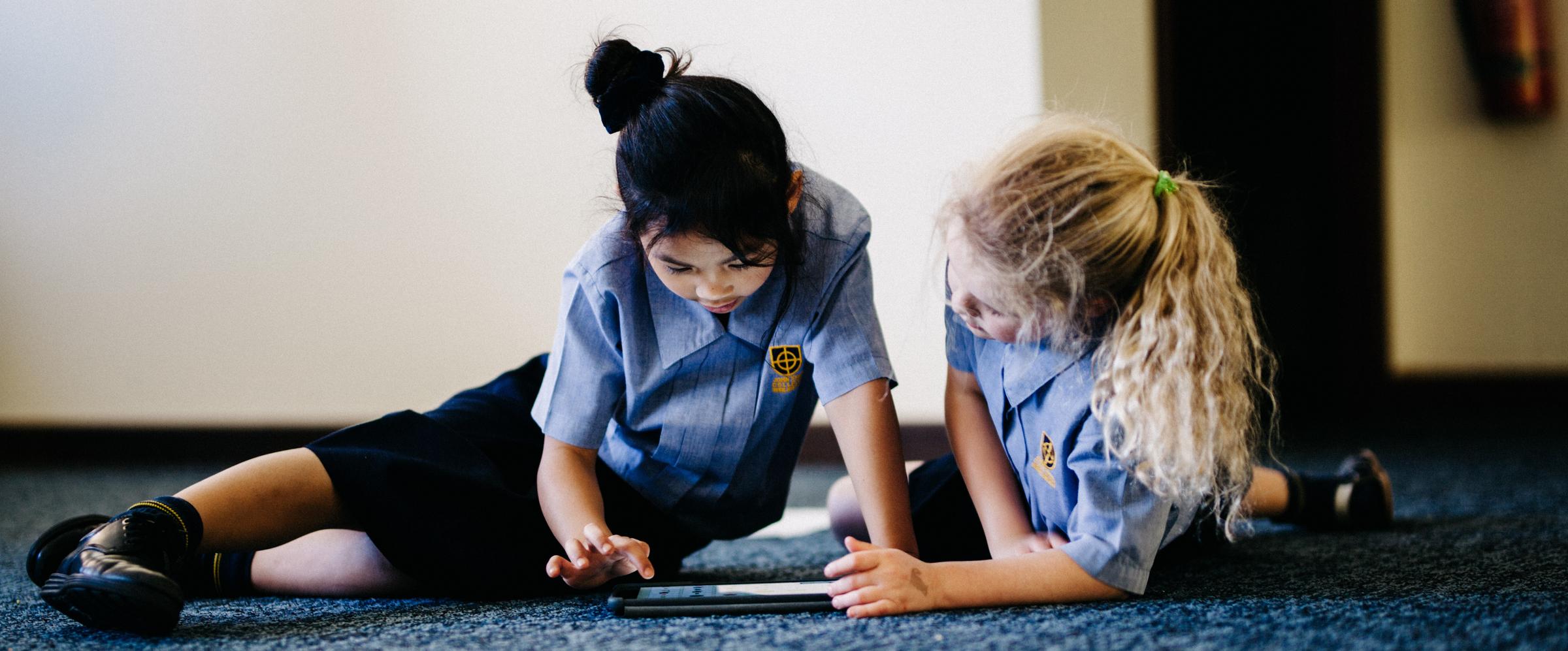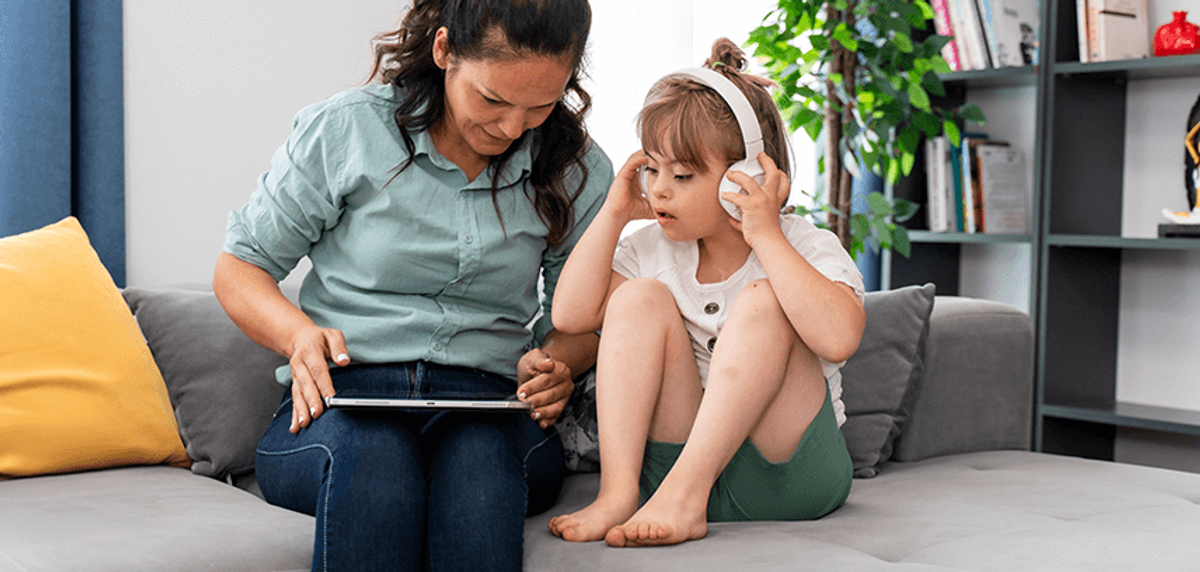Online Safety Hub

OnlineSafety Hub
The Hub includes expert advice on the most pertinent cyber safety issues and frequently asked questions around platforms like TikTok, Fortnite, Instagram, and more. There are app reviews with age and safety recommendations, a range of guides and resources to help ensure healthy boundaries around screen time and gaming, and step-by-step instructions for using parental controls and filtering out inappropriate content.
How to get Help with Qustodio as a Parent
This video provides parents with a practical guide for how they can get help with their Qustodio Parent tools.
Understanding the Hidden Meanings Behind Emojis
Insights from Netflix's Adolescence for Australian Schools and Parents
Netflix's recent series Adolescence has ignited discussions about the influence of online subcultures on youth behavior. The drama follows 13-year-old Jamie Miller, accused of murdering a classmate, delving into the impact of digital interactions and the pervasive nature of emojis in teenage communication. Emojis, widely used across all age groups, often serve as more than just expressive icons; for teenagers, they can function as a coded language to convey messages subtly, sometimes to obscure their true intentions from adults. While many uses are benign, certain emojis can signal involvement in risky behaviours, including exposure to extremist ideologies, substance abuse, or participation in bullying.
To assist schools and parents in decoding potentially harmful messages, we've compiled a list of emojis commonly associated with dangerous contexts. These symbols have been highlighted in Adolescence, researched by experts like Olivia Brown, Associate Professor in Digital Futures at the University of Bath, and identified through ySafe's extensive experience working with thousands of students each year.
Emojis with Potential Harmful Meanings
| Emoji(s) | Potential Meaning |
|---|---|
| 💊 🔴 | The red pill emoji is linked to incel culture, promoting misogynistic and extremist views. |
| 🔵 | The blue pill emoji represents adherence to mainstream views, opposite to the "red pill" ideology. |
| 💯 | In incel communities, this emoji signifies the belief that 80% of women are attracted to 20% of men. |
| 🧨 | Represents breaking societal norms, a concept prevalent in certain extremist groups. |
| 🫘 | Used to mock women, originating from memes involving coffee beans. |
| 🔌 | Slang for a drug dealer, referred to as a "plug." |
| ❄️ 👃 ⛽ | Collectively denote cocaine in digital conversations. |
| 🐴 🐎 | Symbols for ketamine, a powerful anaesthetic sometimes abused recreationally. |
| ☠️ 💀 👽 😈 | Emojis representing ecstasy, a popular party drug. |
| 🎈 | Symbolizes nitrous oxide, commonly known as laughing gas. |
| 📹 📷 | Indicates requests for explicit or nude images. |
| 🍑🍆🍒 | Used to represent body parts in a sexual context. |
| 💦 | Conveys sexual connotations, often implying arousal. |
| 😶 | Suggests secrecy, meaning "Do not tell anybody," often used in bullying scenarios. |
| 🐸 | A derogatory term meaning "You're ugly," used in harassment. |
| ❤️💜💛💖🧡 | Different coloured heart emojis convey varying levels of affection or sexual interest. |
The Importance of Context
It's crucial to understand that the meaning of an emoji heavily depends on its context. Its presence in a conversation doesn't automatically indicate harmful intent. Evaluating the surrounding dialogue and circumstances is essential to accurately interpret these symbols.
Staying Informed and Engaged
Teenage digital language is continually evolving, with new slang and emoji meanings emerging regularly. Staying informed about these changes helps in identifying potential risks early. Engaging in open, non-judgmental conversations with adolescents about their online interactions fosters trust and provides opportunities to educate them on digital safety.
Reference: ySafe | Understanding the Hidden Meanings Behind Emojis
Is Spotify safe for kids? App safety guide for parents
Spotify is a digital music streaming service, offering access to millions of songs, podcasts, and audio from artists all over the world. It’s on-demand radio for the streaming era, with the added bonus that over time, it becomes tailored to your listening interests, suggesting music, artists, and topics you might like, while curating playlists based on your listening history. Kids and adults alike love it for its ease of use, quick access to a vast online library of audio, and its high level of customisation – but Spotify is also home to some hidden risks that parents need to explore.
What can kids do on Spotify?
With the basic (free) version of Spotify, kids can listen to the full library of music and podcasts, but with breaks for ads, and they’ll only be able to press the “skip” button a few times before it stops them from jumping from song to song. The free version also shuffles playlists, and you can’t listen offline. Why is this important? With kids’ listening in shuffle mode across a huge variety of songs, genres, and artists, it’s difficult for parents to keep track of what they’re listening to, and whether they’ll be served with songs, ads or podcasts where the lyrics or content is inappropriate for their age.
Spotify does have a premium version, where parents may feel more in control: the paid subscription removes ads and skip limits, playlists are no longer shuffled, and kids can listen offline. Premium subscribers in some countries also have access to a range of audiobooks, which aren’t available in the free version. However, to manage explicit content, families have to purchase the more expensive “Family” subscription.
Spotify: the risks parents need to know
Explicit content
Long gone are the days where you could avoid songs or a whole album by vetoing any purchase with a “Parental advisory: Explicit content” label. Through Spotify, kids have access to a huge library of music with uncensored, graphic lyrics, podcasts discussing mature themes, and sexually inappropriate content. And just like most spaces on the internet where large numbers of users can edit, upload, and interact with the content, Spotify contains adult content, which is relatively easy to find or stumble across. Kids can find explicit album art, porn audio, and erotic podcasts across the platform.
Risk of predation
Spotify’s social features, like public playlists and collaborative playlists, might leave young users open to inappropriate interactions. With people all over the world able to access Spotify, and create custom playlists, these can be a channel for adults to contact unsuspecting children. One UK mother reported that a stranger had used Spotify playlists to communicate with her 11-year-old daughter, changing the title and description of the list to encourage her to send explicit photographs by uploading them as the playlist’s featured image.
Inappropriate content
Beyond music, Spotify is also host to a wide variety of podcasts and audio content, which cover a range of topics – not all of them child-friendly or age appropriate. Discussions about adult relationships, substance abuse, violence, mental health challenges, and other complex subjects that aren’t appropriate for every age often feature in podcast content. And, because Spotify’s recommendations are driven by algorithms, the more your child tunes in to this kind of content, the more likely they are to be served more of it in the future.
Minimal parental controls
In some countries, Spotify offers a family-friendly version of the app, Spotify Kids, which is tailored to younger children and offers singalongs, child-centred playlists, and custom audio based on your kid’s age (0-6 or 5-12). Unfortunately, this isn’t available worldwide, and the other option for parents of younger children, which is a Family subscription, simply filters out explicit content – kids can search and find it, but they won’t be able to click on it and play the audio. Parents can also filter out artists by navigating to their profile, selecting the three small dots that appear, and choosing “Don’t play this artist”.
Making Spotify safer for kids and teens
Depending on your child’s age, there are different ways you can make Spotify safer for them to enjoy and explore. Across the age groups, it’s generally a good idea – if you can – to choose a premium subscription or use Spotify Kids if it’s available in your region. This will allow you to give young kids a more age-appropriate experience, or turn on explicit content filters. However, even if you can’t do this, there are still ways you can make Spotify safer for children and teens.
Make custom playlists
An easy way to ensure your child listens to music that you’re happy with is by creating playlists – which can also be turned into a family activity, where each family member curates music lists to their taste. You can add new songs over time, and there’s no limit to the amount of playlists you can create. Alternatively, if you don’t have time, or don’t want to create your own, you can explore the huge library of custom playlists and follow them from your child’s account.
Follow podcasts and artists
To help shape your child’s algorithm, it’s a good idea to follow podcasts or artists that they enjoy, or that you think provide value. Similarly, you can hide artists by selecting “Don’t play this artist” from their profile, and adjust the algorithm by selecting “Not interested” on recommendations, or “Remove this from my taste profile” on playlists. This will help shape their feed, and give them recommendations that are more likely to align with your values, and their interests.
Turn on explicit content filters (paid only)
To filter out explicit content, you’ll need to have a premium family account. In your “Account overview” section on the Spotify website, select “Premium family”, and then head to the name of the family member you want to manage. There should be a toggle that reads “Allow explicit content”. Make sure this is in the “off” position. You may need to keep checking these settings, as kids can also switch it back on.
Monitor social sharing
While it’s fun to see what friends and others are listening to, and Spotify’s social features can make listening a more collaborative experience, it makes sense to check in on their followers and block any they aren’t friends with in real life. You can also make playlists private, making it more difficult for their profile to show up in any search results.
Set healthy limits
While it’s beneficial for kids to listen to music and audio, there’s a time and a place for everything, and you may not want your child to have access to apps like Spotify at any time – for example, when they’re supposed to be sleeping, or when they need to get up and out of the door for school. Qustodio’s routine feature allows you to schedule tech-free moments in the day, and block apps like Spotify when you’d prefer your child not to have access.
Music and audio play an important role in helping children to understand how to express themselves, and how they explore the world. Podcasts can entertain, educate, and provide an escape through humor, among many other advantages that access to audio content can provide for young people. Not allowing your child to access audio streaming services means they miss out on different opportunities, so it’s a good idea to be aware of the risks and be open about them with your children, letting you flag problems together before they become serious – meaning the whole family can enjoy music together!
Reference: https://www.qustodio.com/en/blog/is-spotify-safe/



